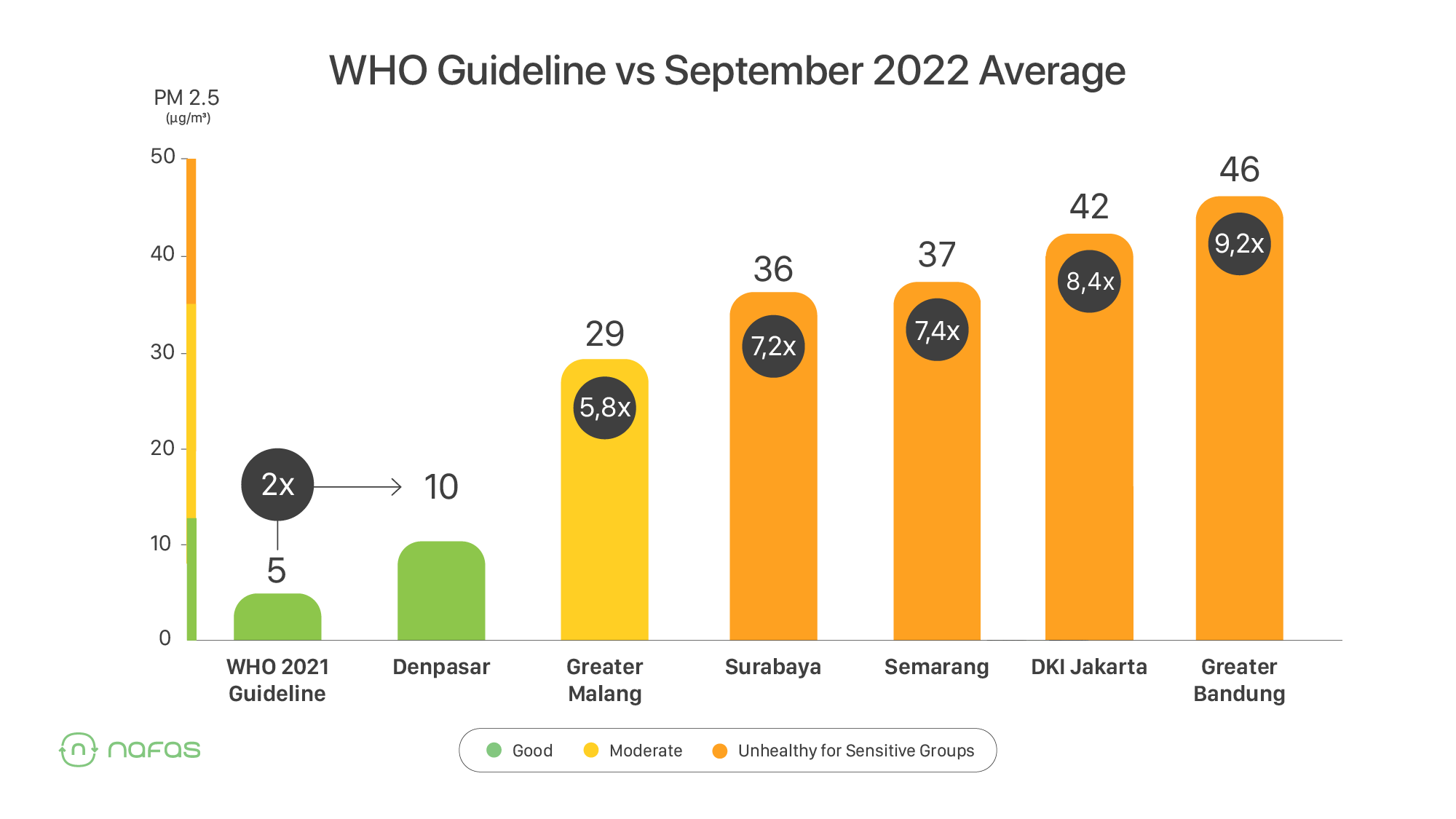For the First Time, PM2.5 Is Discovered in Unborn Babies: A Study Found
Recently, scientists found that soot particles can cross the placenta and enter the organs of fetuses.
- According to a recent study, air pollution particles can reach babies in the womb.
- They discovered that soot nanoparticles can cross the placenta and enter fetal organs.
- Soot particles may have a direct impact on fetal development in the womb.
🤔 We’ve discovered an intriguing article that shows how air pollution particles can reach babies in the womb. Here are the 3 key points we've recapped for you:
Soot particles were found in all newborns and mothers and black carbon particles were also found in all tissue samples analyzed
Recently, researchers studied 60 mothers and their babies in Aberdeen and the Grampian region of Scotland. In their study, they analyzed tissue samples from 36 fetuses aborted between 7 and 20 weeks of pregnancy. Results revealed that soot particles were found in all newborns and mothers. These particles were found in the livers, lungs, and brains of aborted fetuses. Carbon black particles were also found in all tissue samples analyzed.
Soot particles can cross the placenta and enter fetal organs
When diesel, coal, and other biomass fuels are burned, a variety of particles and gases are released, including black carbon. It is part of the fine particulate air pollution known as PM2.5. The analysis revealed evidence of "black carbon particles," also known as soot particles, in umbilical cord blood. If these particles were present, it meant they had passed through the placenta. These particles then translocate into human fetal organs during gestation.
Soot particles may directly affect fetal development in the womb
Air pollution exposure during pregnancy and infancy has been linked to stillbirths, premature births, low-weight babies, and impaired brain development, with long-term consequences. This is especially concerning given the importance of this window of exposure for organ development. If PM2.5 enters the fetus, the particles may have an immediate impact on its development in the womb. This can certainly affect a child's brain development, including their IQ and mental health.
🧠 According to a Taiwan study, the risk of ADHD (Attention Deficit Hyperactivity Disorder) increased at PM2.5 exposure above 16 μg/m3 during early life after birth and increased sharply as PM2.5 above 50 μg/m3.

Compared to the WHO's annual PM2.5 concentration exposure limit of 5 µg/m3, Indonesia's air quality is quite concerning for sensitive groups such as children and pregnant women. Also, it appears that only Bali is safe from ADHD risk for infants according to the PM2.5 concentration limits from the studies, with concentrations less than 16 µg/m3.
"Better safe than sorry!"
Preventive measures are essential to reduce damage to our body from air pollution, specifically PM2.5 exposure. Through the Nafas app, you can continuously monitor the air quality in your location in real-time. This allows you to make better decisions to spend time outdoors with your family. Aside from that, follow these tips to help you avoid PM2.5 exposure:
💨 Avoid outdoor activities when air quality is poor
🌬️ Turn on the air purifier when indoors
😷 Wear a mask when you have to go outside, especially when PM2.5 pollution is high
Want to learn more about pollution and air quality? Start to learn it from here.